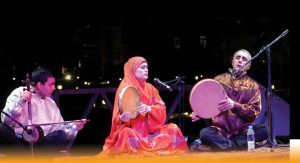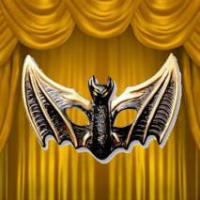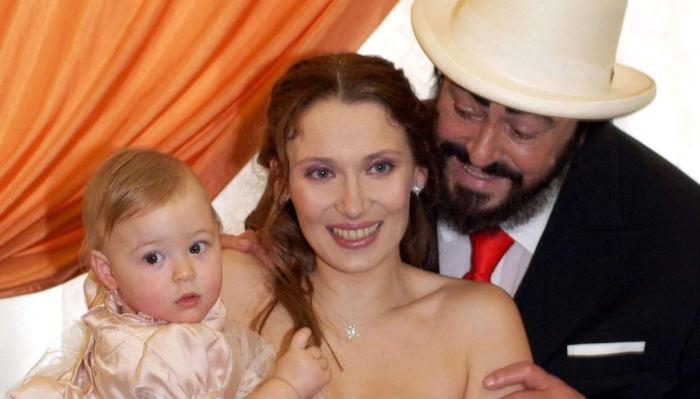music
Patriarch of music Pyotr Ilyich Tchaikovsky
 More than 170 years have passed since the birth of Pyotr Ilyich Tchaikovsky. Hundreds of books have been written about the great composer, published in different languages around the world. It would seem that all or almost everything is known about the life and work of the composer, and his musical style and innovation have been investigated to the last note. The life of the great composer was filled with many interesting facts. He was always accompanied by a train of gossip and rumors, intensified after death.
More than 170 years have passed since the birth of Pyotr Ilyich Tchaikovsky. Hundreds of books have been written about the great composer, published in different languages around the world. It would seem that all or almost everything is known about the life and work of the composer, and his musical style and innovation have been investigated to the last note. The life of the great composer was filled with many interesting facts. He was always accompanied by a train of gossip and rumors, intensified after death.
Oh that music!
He was born on May 7, 1840 in the factory village of Votkinsk in Udmurtia. Tchaikovsky’s father was a respectable man, he served as the head of the plant in the Urals and maintained a significant family. Yes, and fed poor relatives. Peter, at home Pierre, Petrusha, grew quiet and tearful. Only very close people, like the governess and the teacher Fani, could notice in him something unusual, stormy fantasy, hidden inner passions in this “glass boy”. Music wounded his heart at the age of five, although it was not a live performance, but a fashionable little thing, a mechanical organ that played several tunes. Continue reading
Mugham
MUG AM is the main form (genre) of Azerbaijani professional music of oral tradition.
AM is the main form (genre) of Azerbaijani professional music of oral tradition.
Part of the pan-eastern culture of macamata. The poetic basis of Mugam is the gazelles of classical and modern poets. Monodial mugham art has developed over many centuries, transmitted from generation to generation.
The teaching method is based on auditory perception, memorization and creative comprehension of mugham information transmitted from the master (ustad) to the student (shagird). Cyclic mugam compositions are embodied in small and large instrumental (solo) and vocal-instrumental (ensemble) forms. The mugham composition is based on frets (modes), each of which has a characteristic final melodic formula (ayag).
An important feature of Azerbaijani Mugam is the improvisation of a metrically free ornamental melody within the framework of a certain canon. Performers also have some freedom in composing a mugam composition (selection of parts, their sequence and quantity). Depending on local characteristics, time (season, time of day) of performance, talent of the performer is the same. mugams can have different options. Mugam schools are preserved: Baku, Karabakh, Shirvan, etc. Continue reading
What is music?
 What is music? We listen to music, create it .. It causes us to associate with certain moments of our lives …
What is music? We listen to music, create it .. It causes us to associate with certain moments of our lives …
What is music
Music is a form of art in which the means of embodiment of artistic images are organized in a certain way organized musical sounds. The basic elements and expressive means of music are the fret, rhythm, meter, tempo, timbre, melody, harmony, polyphony, instrumentation. By performing means, music is divided into vocal (singing), instrumental and vocal-instrumental. Music is often combined with choreography, theatrical art, and cinema. Distinguish music with one voice (monody) and polyphonic (homophony, polyphony). Music is divided into: genera and types – theatrical (opera, etc.), symphonic, chamber, etc .; to genres – song, choral, dance, march, symphony, suite, sonata, etc. Music is recorded in musical notation, for example, in piano notes, and is realized in the process of performance by musical instruments. Continue reading



